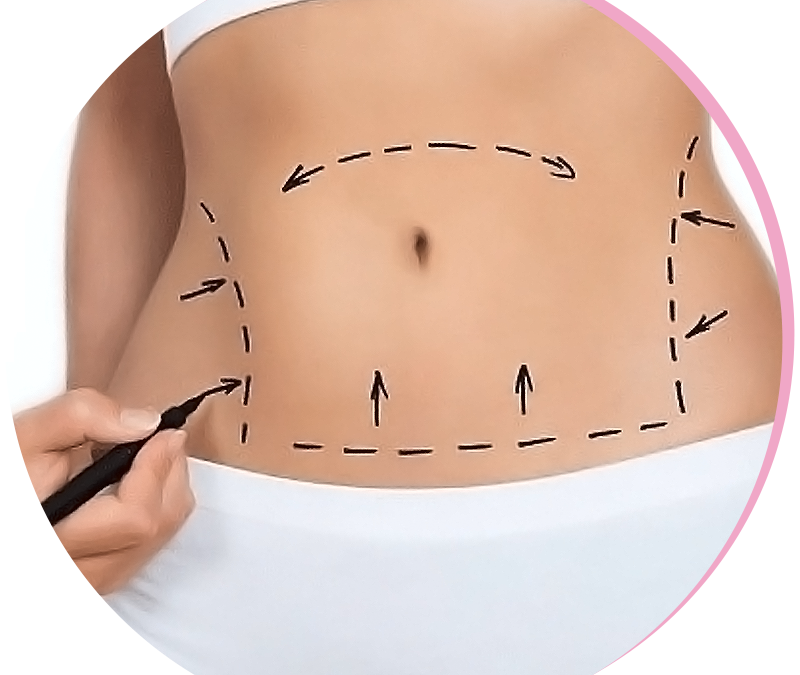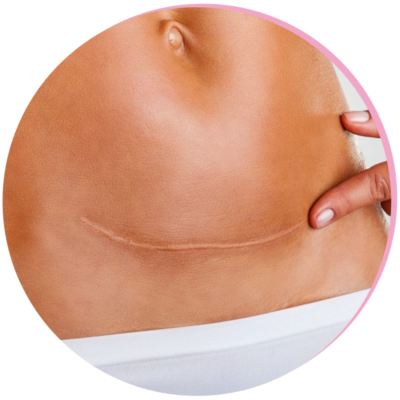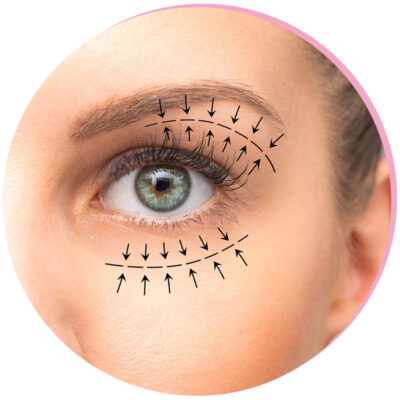Liposuction
Who will do the treatment?
Dr. Diana Nagy, a plastic surgeon and aesthetic doctor, has been working in plastic surgery for more than ten years. She considers patient-centered approach as the cornerstone of her work, along with the precise adherence to the rules of the profession and the need for continuous development.
Dr. Tamás Regőczi is a surgeon and plastic surgeon who studied in the USA and Germany. He permanently returned to our country in the summer of 2013 and has been a member of the NewBeauty team since 2019. Since then, he has performed numerous outpatient surgeries (eyelid plastic surgery, mole removal, skin growth removal, etc.) here.
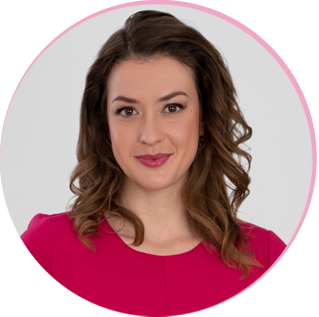
Dr. Nagy Diána

Dr. Regőczi Tamás
What is liposuction?
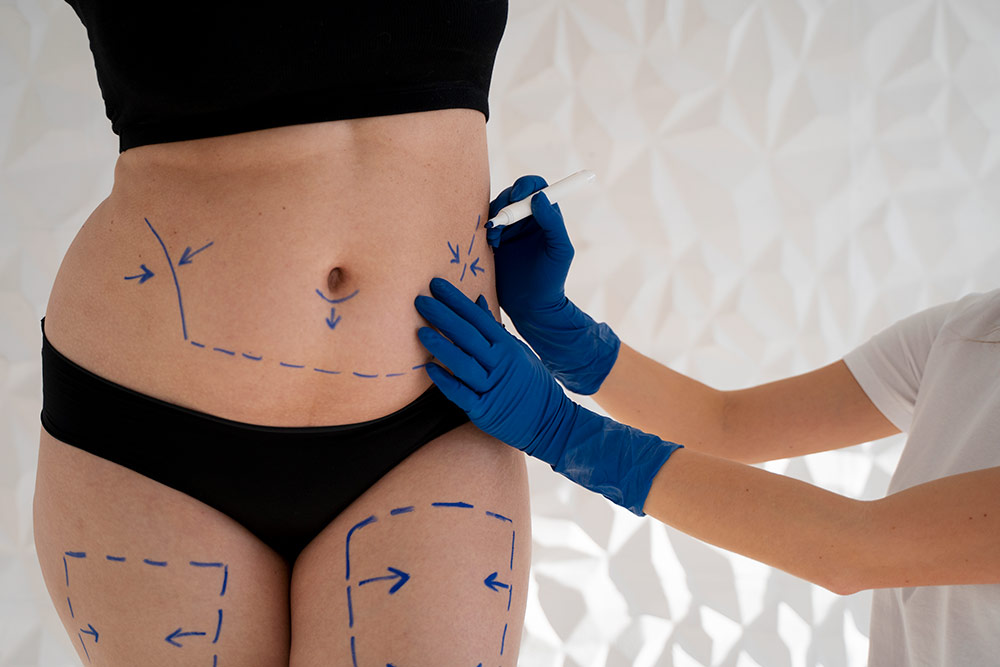
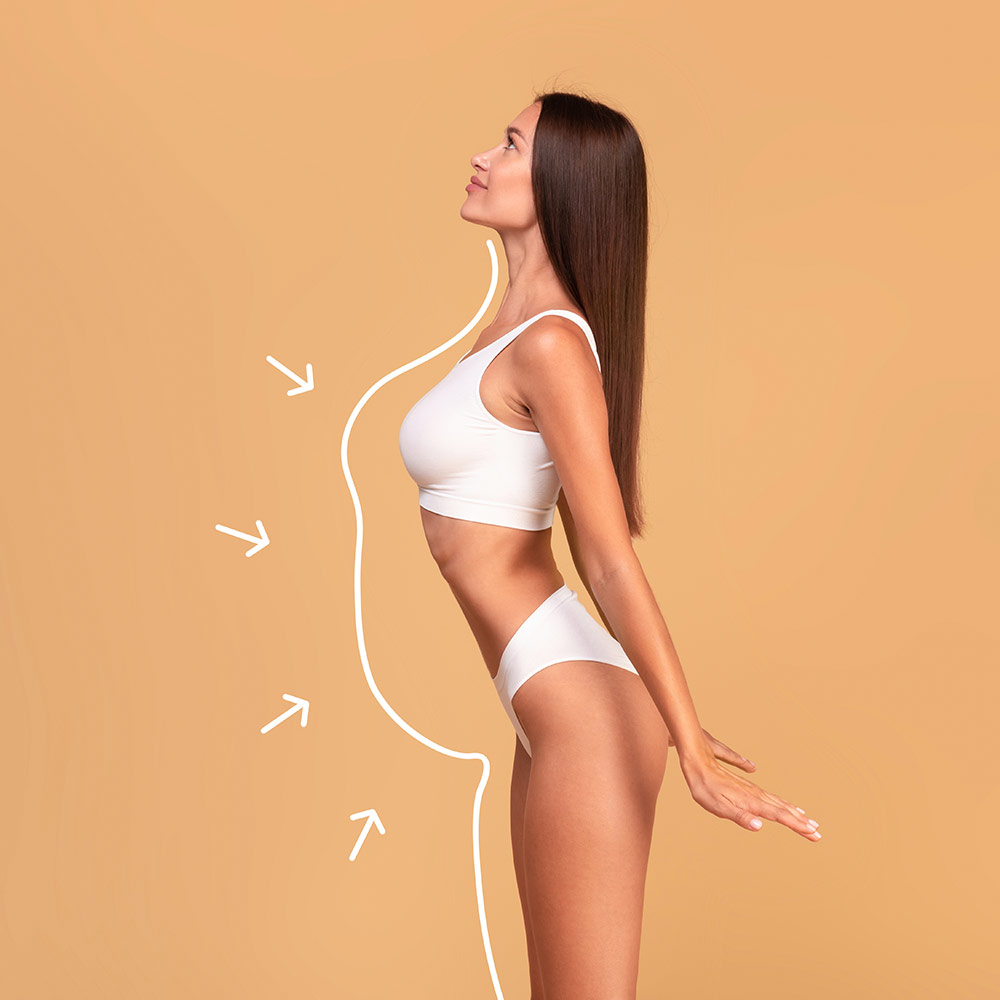
For some people, liposuction is performed in conjunction with other plastic surgery procedures, such as a facelift, breast augmentation or abdominoplasty.
The fat is removed by liposuction, which improves the contour and appearance of the treated area, but is not suitable for weight reduction.
Who is a candidate for liposuction?
Liposuction is recommended for people who are at least able to maintain their weight and are not gaining weight, and who are still unhappy with stubborn fat deposits in certain areas of the body despite a lifestyle aimed at weight loss. Genetics and lifestyle habits can vary the appearance of the body. The distribution and amount of fat tissue also varies with age. These changes are also affected by pregnancy and ageing. Liposuction is mainly considered for patients who have realistic expectations of the procedure, who have not achieved the desired shape despite a healthy diet and regular exercise, and who are in good health at the time of the procedure.
The ideal candidates for liposuction are people of normal body weight who have firm and supple skin, but with excess fat deposits in certain areas. Prior to liposuction, the doctor will assess the patient during a consultation with the plastic surgeon to see if they are suitable for this type of procedure.
If a person is severely obese, it is recommended that he or she should go on a diet. The results of liposuction will be long-lasting if our patients have been able to maintain their optimal body weight for at least 6 consecutive months prior to surgery and have not gained any further weight. Liposuction has also been shown to encourage patients to change their lifestyle habits and adopt a healthy lifestyle to maintain the results achieved. The results of fat permanently removed by liposuction are only sustainable if people continue to lead a healthy lifestyle after liposuction.
Liposuction will not improve the appearance of sagging skin and is not suitable for the treatment of cellulite. The best results are expected for patients with sufficiently tight skin. If someone has suddenly lost a lot of weight, or has been pregnant before, or their skin is sagging due to the natural ageing process, they may need additional contouring procedures such as abdominoplasty, arm lift, thigh lift, etc., in addition to liposuction to achieve the best results.
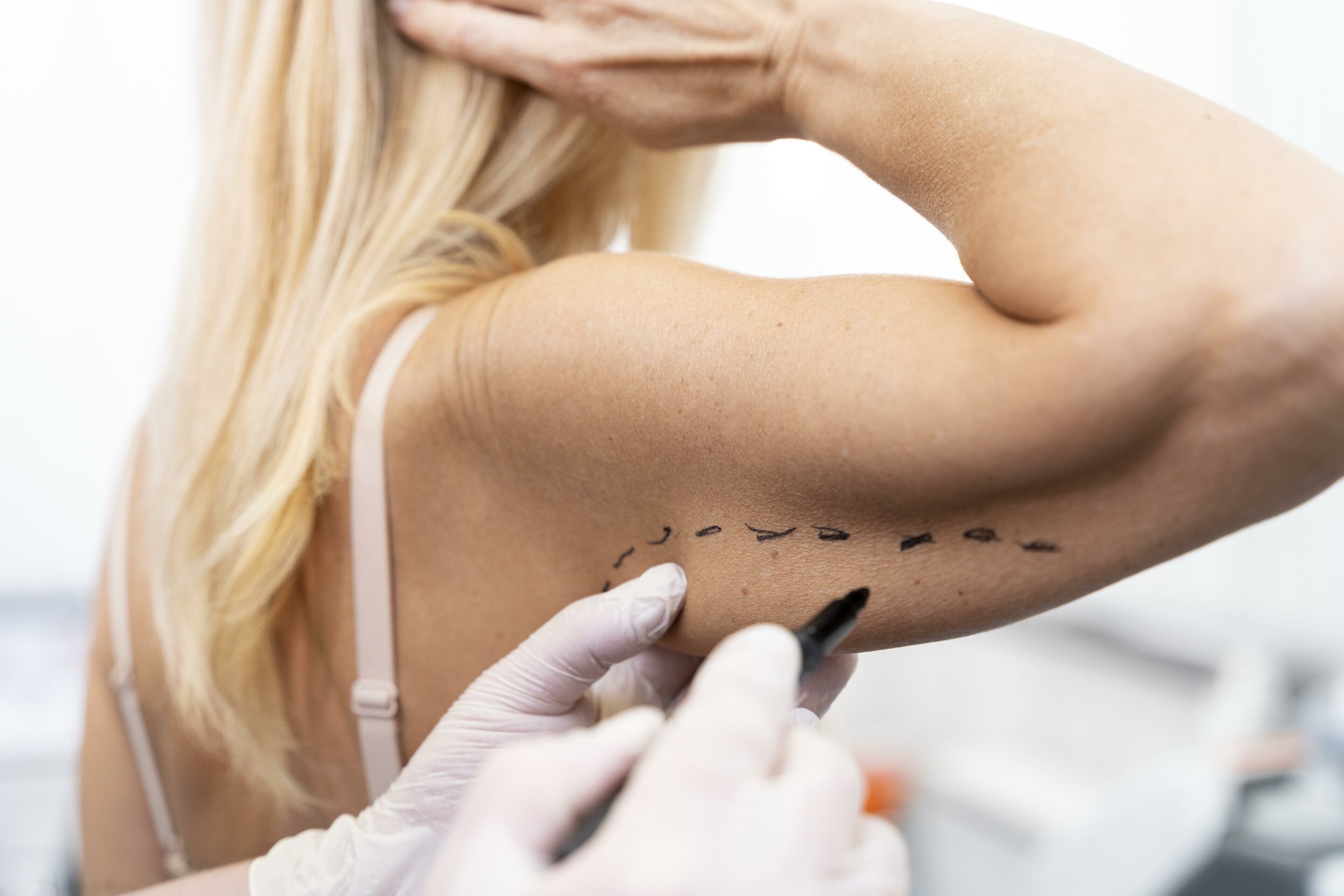
Preparing for liposuction
For liposuction, it is important to prepare thoroughly and to have as much information as possible about the procedure, the realistic results you can expect, the risks of the procedure and the post-operative recovery. Surgery can be performed on patients who are at an optimal weight, healthy and fit, with the best results and the least risk. If you are a smoker, smoking cessation is recommended as smoking increases the risk and slows down the recovery process.
If someone is taking medication regularly, this should be discussed with their doctor so that medication can be changed if necessary.
The liposuction procedure
Liposuction can be performed under local or general anesthesia. During local anesthesia, a solution called tumescent solution is injected into the fatty tissue in preparation for liposuction. The surgeon then inserts a thin metal cannula through a small incision in the skin. The cannula is connected through a tube to a suction device or syringe that the surgeon uses to suction the fat. After the appropriate amount of fat has been removed, the incision is closed with a carrot.
There are also ultrasound and laser liposuction procedures where the energy of the laser or ultrasound is used to soften the fatty tissue to facilitate liposuction.
Liposuction of smaller areas can be performed under local anesthesia, while liposuction of larger areas with high exertion is usually performed under anesthesia or sedation.
What happens after liposuction?
After a liposuction under local anesthesia, the patient can go home after a short observation, while a shorter hospital stay may be necessary after surgery under general anesthesia. In this case, a thin drainage tube, cannula or drain may be inserted into the wound for a few days to drain the secretions from the wound, depending on the type of surgery and the part of the body involved.
After liposuction, you will need to rest at home for a few days. The wound is covered with a dressing and an elastic bandage or compression garment is worn for a period of up to 4-8 weeks. The treated area will be painful and swollen for days afterwards, and your doctor will prescribe or recommend painkillers to relieve this. The results will be visible once the swelling has gone, but it can take up to six months for a complete change.
Usually liposuction does not need to be repeated. After the operation, the skin may sag and excess skin may appear, which may need further surgery to remove. However, usually the skin will slowly tighten and tighten after the procedure.
What are the risks of liposuction?
Sometimes unforeseen, unexpected complications can occur during liposuction, or the results of the procedure can be different from what was expected.
Most commonly, the following can occur:
- uneven, wavy skin or dimples
- excess skin, folds
- numbness or loss of sensation
- scarring
- changes in skin colour
- prolonged healing
- bruising, haematoma
- swelling
Less common serious complications include:
- thrombosis and embolism
- excessive fluid loss, which can lead to shock
- burns to the skin or deeper tissues from ultrasound or laser used to dissolve fat
- infection, inflammation in the treated area
- further corrective surgery
Other recommended treatments
Breast Augmentation
Breast AugmentationBreast augmentation is used to increase the size of the breast, which is achieved with implants placed under the breast tissues or pectoralis muscle. Some want to increase their self-confidence with this, others want to repair their sagging breasts...
Breast Reduction
Breast ReductionBreast reduction, also known as mammoplasty, is a surgery in which excess fat, tissue, and skin are removed from the breast, reducing its size and reshaping it. This procedure is recommended for those who feel that their breasts are too big, cause them...
Scar Removal
Scar RemovalContent is currently being uploaded.Additional recommended treatments
Blepharoplasty
BlepharoplastySagging eyelids are one of the most common reasons why women and men lie under knives. Eyelid surgery (blepharoplasty) is a deservedly popular procedure as it involves minimal discomfort and recovery time. The result is instant and extremely spectacular,...
